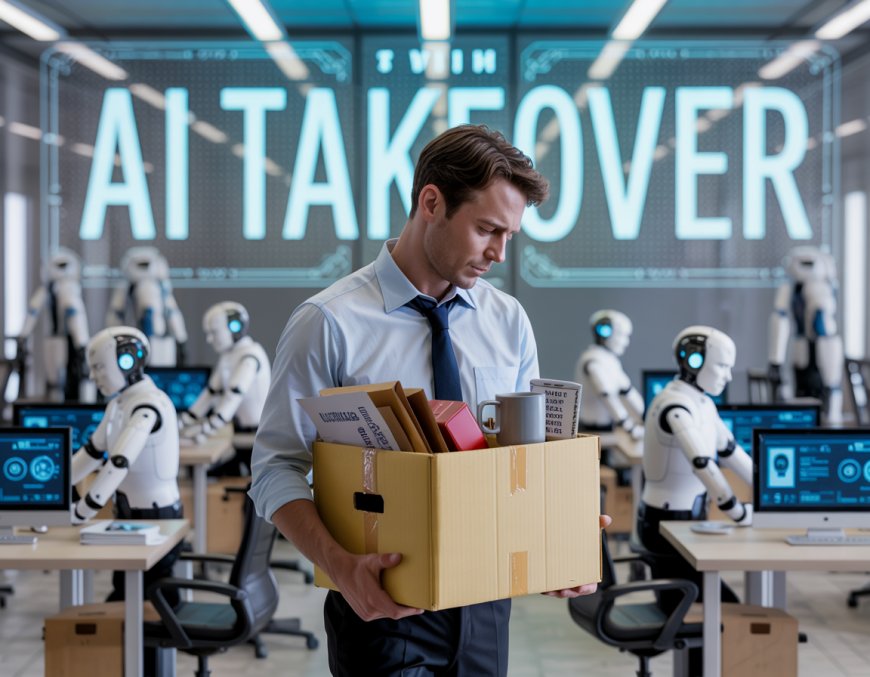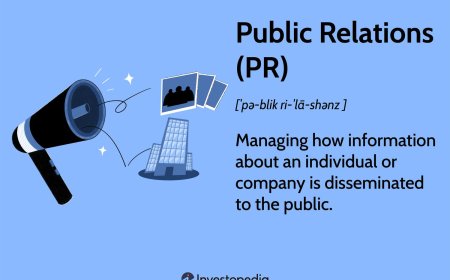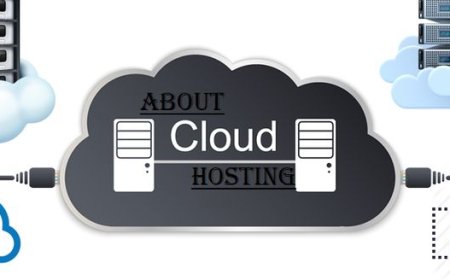From Fired to Future-Proof: How Workers Are Adapting to the AI Era

Youve spent years mastering your role. Then one day, youre told its no longer needed because artificial intelligence can do it faster and cheaper. This is not a hypothetical scenario. Its happening across industries, from customer service and logistics to media, finance, and even software development.
According to the World Economic Forum (2025), over 83 million jobs may be displaced by automation by 2027. At the same time, 69 million new roles will be created, many of which dont exist today.
That gap presents both a challenge and an opportunity. While job loss due to AI feels disruptive, its also becoming the first step in a long-term career upgrade.
This article outlines how displaced workers are successfully adapting, what AI skills that make you hireable are in demand, and how to take practical steps toward a future-proof career.
What Makes AI Layoffs Different?
Traditional layoffs are often tied to market conditions or company restructuring. When AI replaces you, it raises personal questions. You may wonder whether your skill set has become irrelevant or if you're still valuable in a tech-driven world.
The speed and scale of AI adoption add to the pressure. A 2024 McKinsey report show that over 30% of workplace tasks in industries like finance, healthcare, and retail are already automated. Workers are being caught off guard by the pace of change.
Why the AI Era Demands a Mindset Shift
This isnt just a technological revolution. Its workforce redefinition. Adapting to this shift starts with changing how we view our careers.
AI does not eliminate all jobs. It automates tasks. Many roles are being restructured rather than removed. For example:
Accountants are learning how to interpret AI-generated reports rather than generate them manually.
Journalists are focusing on investigative stories while AI handles data aggregation.
Customer support teams are moving into customer experience design while bots handle routine queries.
If you shift your focus from job titles to transferable skills, you can pivot more easily into AI-proof careers.
Skills That Make You AI-Proof
As AI layoffs begin and reshape the job landscape, you dont need to become a data scientist to stay relevant. You do need to build a mix of technical awareness and human-centric capabilities:
1. Critical Thinking and Judgment
AI can process data, but not context. Workers who can assess complex situations, apply ethics, or make judgment calls will stay relevant.
2. Tech Fluency
You dont have to build AI tools, but you need to understand how they work. Basics in AI literacy, prompt engineering, or automation tools like Zapier and Notion AI are increasingly valuable.
3. Emotional Intelligence
Fields that rely on empathy, negotiation, and nuanced communication, such as HR, sales, and mental health, remain largely human-led. Demand is growing for professionals who can guide teams through digital transitions.
4. Problem Solving and Adaptability
According to the LinkedIn Future of Skills 2025 Report, adaptability is one of the fastest-growing soft skills in demand. Employers prefer employees who can learn quickly and pivot to evolving technology.
High-Growth Fields for Displaced Workers
If youve been laid off due to automation, here are some career paths where demand is rising:
1. AI and Data Roles
- Prompt engineering
- AI ethics and governance
- Data labeling and annotation
- Machine learning operations (MLOps)
These roles support the development, scaling, and responsible use of AI systems.
2. Cybersecurity
With more processes digitized, protecting data is more critical than ever. Cybersecurity specialists are in high demand, and many bootcamps offer accelerated pathways for newcomers.
3. Learning and Development
As companies face talent gaps, they are investing in internal upskilling programs. Professionals with experience in training, curriculum design, or adult education are stepping into these roles.
4. AI-Assisted Creative Work
From video editing to marketing content, creative workers who understand AI tools blend automation with human creativity to speed up production without losing quality.
How to Start Your AI Career Transition
1. Audit Your Existing Skills
Start by listing your core strengths. Are you good at managing people, solving operational issues, or analyzing data? Then map how those strengths align with emerging roles in the AI ecosystem.
2. Use AI to Learn AI
Platforms like Coursera, edX, and Khan Academy now use adaptive AI to personalize your learning path. Tools like ChatGPT can help you summarize complex topics, practice mock interviews, or even refine your resume for applicant tracking systems.
3. Choose the Right Learning Track
Instead of going broad, go deep in one direction. For example:
- If you have a background in content or communication, explore prompt engineering or AI content optimization.
- If youve worked in HR, investigate peoples analytics or AI recruitment tools.
- If youve worked in compliance or law, investigate roles in AI policy or data privacy.
4. Build a Portfolio, Not Just a Resume
Employers want to see proof of their skills. Share case studies, personal projects, or course certifications on platforms like GitHub or LinkedIn. Consider writing about your transition journey to show your adaptability.
Why Employers Are Now Valuing Career Shifters
Recruiters are beginning to recognize that career changes bring something AI cant replicate perspective. Someone who has experienced job displacement and upskilled independently often brings:
- Grit and problem-solving
- High adaptability
- A growth mindset
- Customer and business context that pure technologists may lack
- Make AI Your Co-Pilot, not a competitor
AI is not here to replace your career; its here to reshape how you work. Those who thrive in the AI era are not resisting automation. Theyre learning to work alongside it.
Heres how workers are successfully turning AI into an ally:
- Automate repetitive tasks to free up time for strategy, creativity, or problem-solving
- Use AI tools to draft emails, generate reports, or structure ideas faster
- Leverage data insights from AI platforms to make better decisions
- Train AI systems by providing human feedback and real-world context
- Stay in control by understanding how the tools work, rather than relying on them blindly
Treat AI like a co-worker that handles the repetitive load while you bring judgment, empathy, and big-picture thinking. That combination is what defines the future of work and your role in it.
Conclusion
Being replaced by AI is not the end of your professional relevance. Its a loud signal that the nature of work is changing and that you have an opportunity to change with it.
The transition is not easy. But thousands of professionals are already proving that adaptability, curiosity, and the right tools can turn a layoff into a launchpad.
The future of work belongs to those who embrace lifelong learning, human-centered problem solving, and technology as an ally, not a threat.
Your job may be gone, but your value is not. The next chapter starts with a single step toward reskilling, realignment, and reinvention.


































